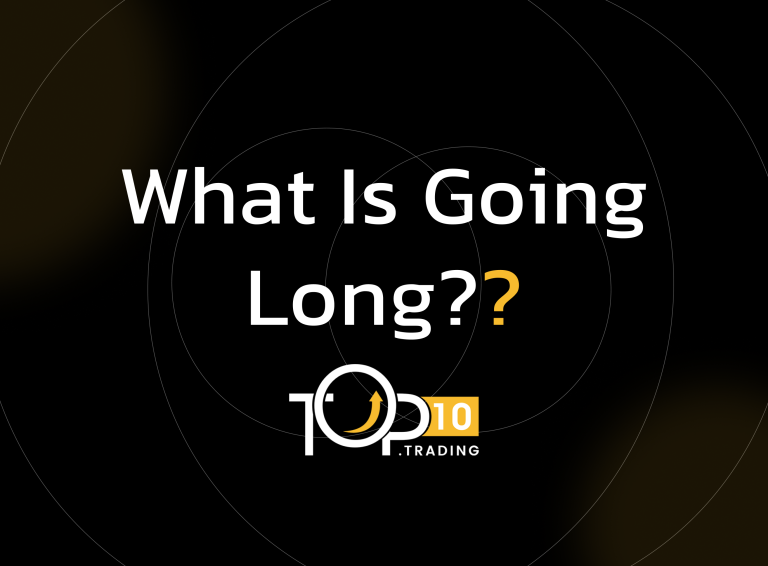Going Long Definition

Going long refers to the act of buying a financial asset, such as a stock, currency, or commodity, with the expectation that its price will rise in the future. This strategy is one of the most fundamental and widely used approaches in trading and investing, as it aims to profit from upward price movements. The term “going long” is often associated with bullish market sentiment.
How Going Long Works
- When a trader or investor goes long on an asset:
- 1. They purchase the asset at its current price.
- 2. They hold the asset with the intention of selling it later at a higher price.
- 3. The profit is the difference between the selling price and the purchase price, minus any transaction costs.
- For example, if you buy shares of a company at $50 each and sell them later at $60, your profit per share is $10 (excluding fees).
Applications of Going Long
- Stocks: Buying shares of a company in anticipation of price appreciation.
- Forex: Purchasing a currency pair expecting the base currency to strengthen against the quote currency (e.g., going long on EUR/USD means buying euros while selling U.S. dollars).
- Commodities: Buying physical goods like gold or oil or their derivatives to benefit from rising prices.
- Derivatives: Using futures or options contracts to take a long position on an underlying asset.
Benefits of Going Long
- Simplicity: It is straightforward and easy to execute on most trading platforms.
- Unlimited Profit Potential: Gains are theoretically unlimited as prices can rise indefinitely.
- Dividends and Interest: In addition to capital gains, some assets (e.g., stocks or bonds) may provide income through dividends or interest payments while held.
Risks of Going Long
- Limited Downside Protection: Losses occur if the asset's price decreases, with potential loss up to the full investment amount.
- Market Timing Risk: Poor timing can lead to losses if prices fall after purchasing.
- Opportunity Cost: Capital tied up in a long position may miss other investment opportunities.
Going Long vs. Going Short
Aspect | Going Long | Going Short |
|---|---|---|
Market Sentiment | Bullish (expecting prices to rise) | Bearish (expecting prices to fall) |
Action | Buy first, sell later | Sell first (borrowed asset), buy back later |
Profit Scenario | Profit when prices increase | Profit when prices decrease |
Risk | Loss if prices fall | Loss if prices rise |
Key Takeaways
- Going long means buying an asset with the expectation that its value will increase over time.
- It is commonly used in bullish markets and applies across various asset classes, including stocks, forex, commodities, and derivatives.
- While offering unlimited profit potential, going long carries risks such as market downturns and poor timing.
- Understanding market conditions and using risk management strategies are essential for successful long positions.
Going long is a fundamental strategy for traders and investors aiming to capitalize on rising markets while building wealth over time.
